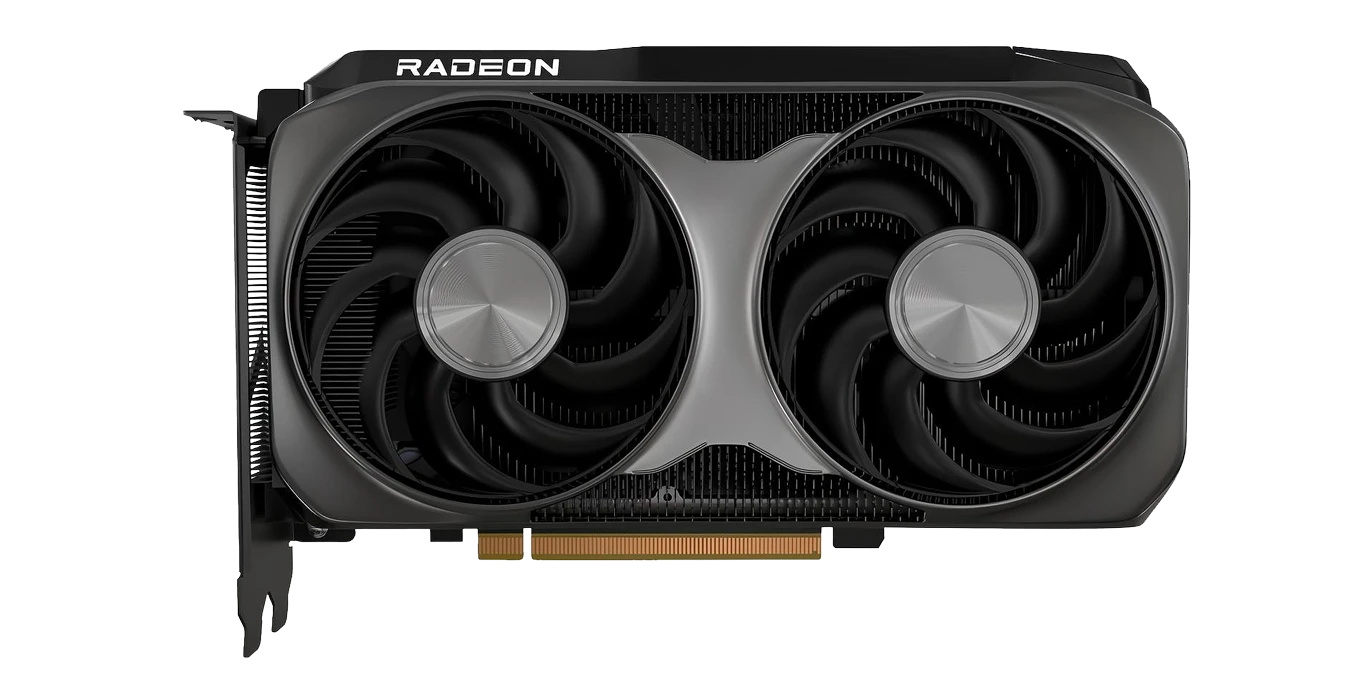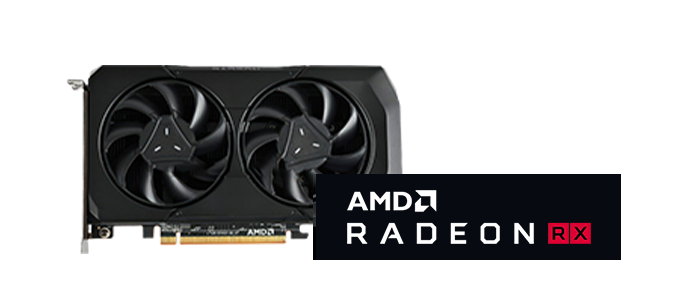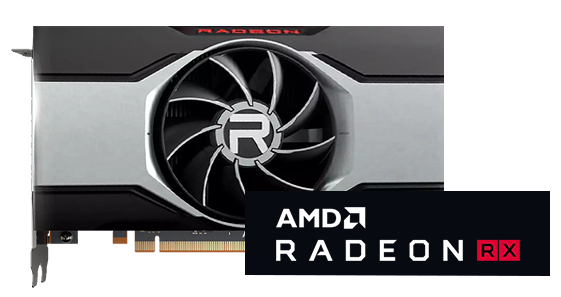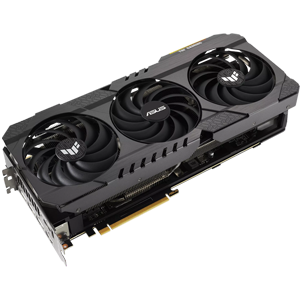
AMD Graphics Cards Buyers Guide
Though many modern CPUs are equipped with integrated graphics, these are only really suitable for gaming at low quality settings at 1080p. In contrast, AMD Radeon graphics cards are far more powerful, providing a far superior gaming experience with high resolution eye-popping graphics.
The GPU (Graphics Processing Unit) and is the main ingredient of a graphics card, the most important component in a gaming PC. A key supplier of graphics cards is AMD, and its range of Radeon GPUs offer something at every imaginable price point. The key specs to look out for when choosing a Radeon graphics card are the number of stream processors, ray accelerators, AI accelerators and amount of memory, with more powerful cards having more of all four.
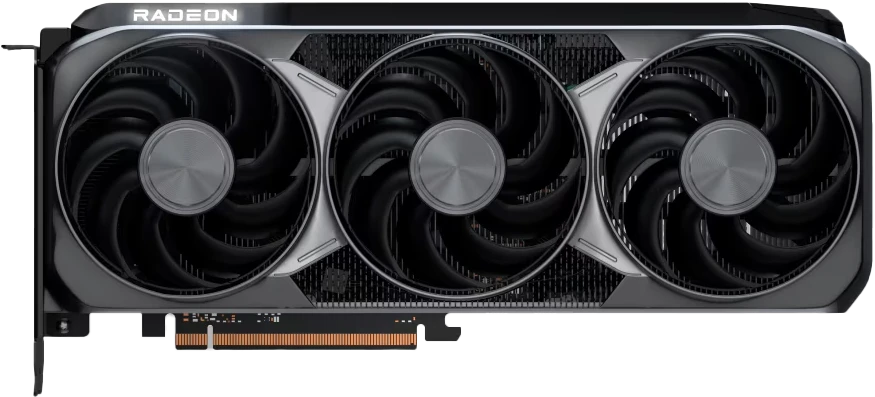
A more powerful graphics card will enable your PC to run games at higher quality settings at a smooth frame rate for a superior gaming experience. The first question you should therefore ask yourself is what monitor do you have or intend to buy so you can choose a graphics card suitable for it. To make this process easier this buyers guide recommends the optimum monitor resolution for each graphics card.


